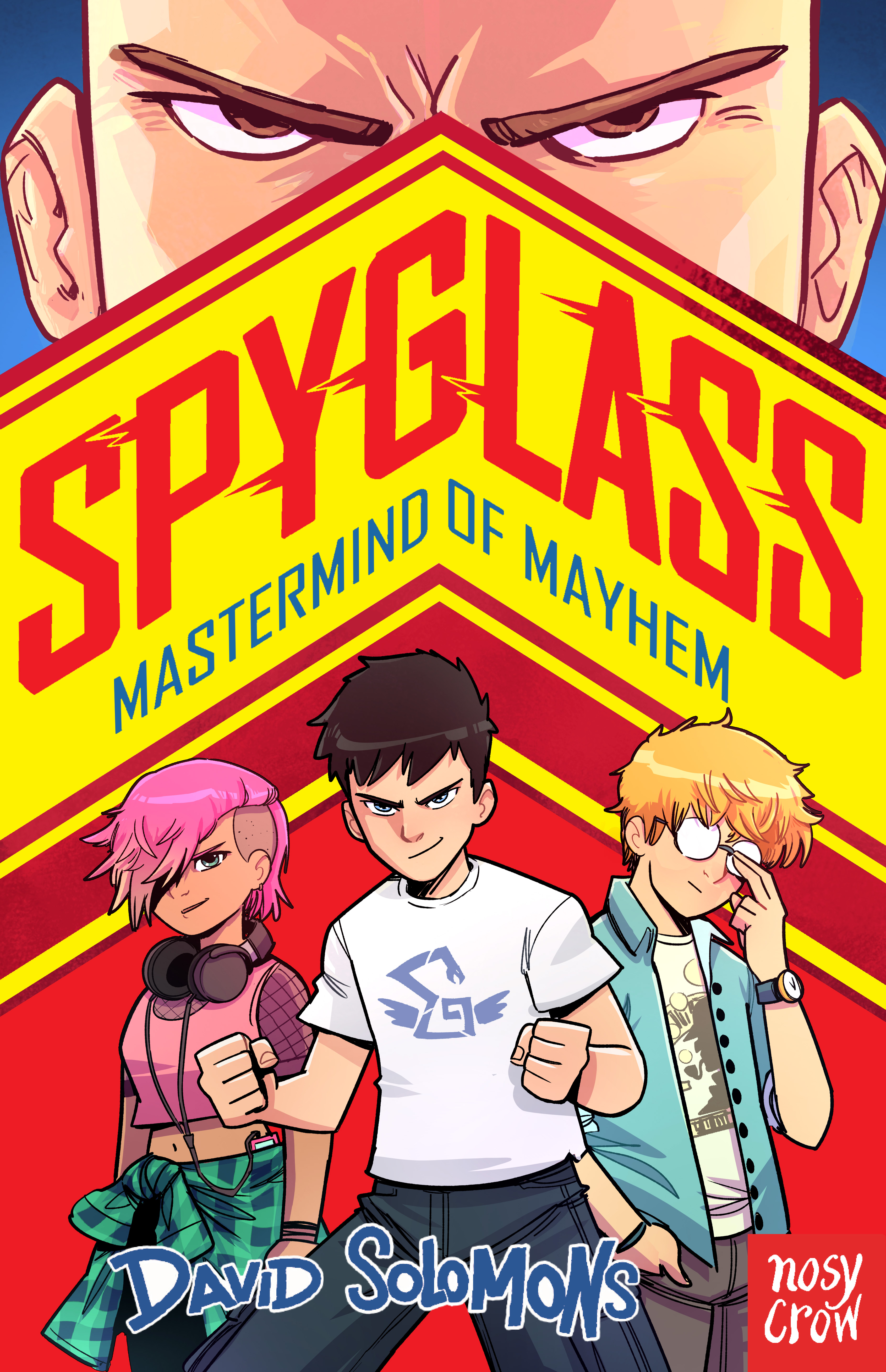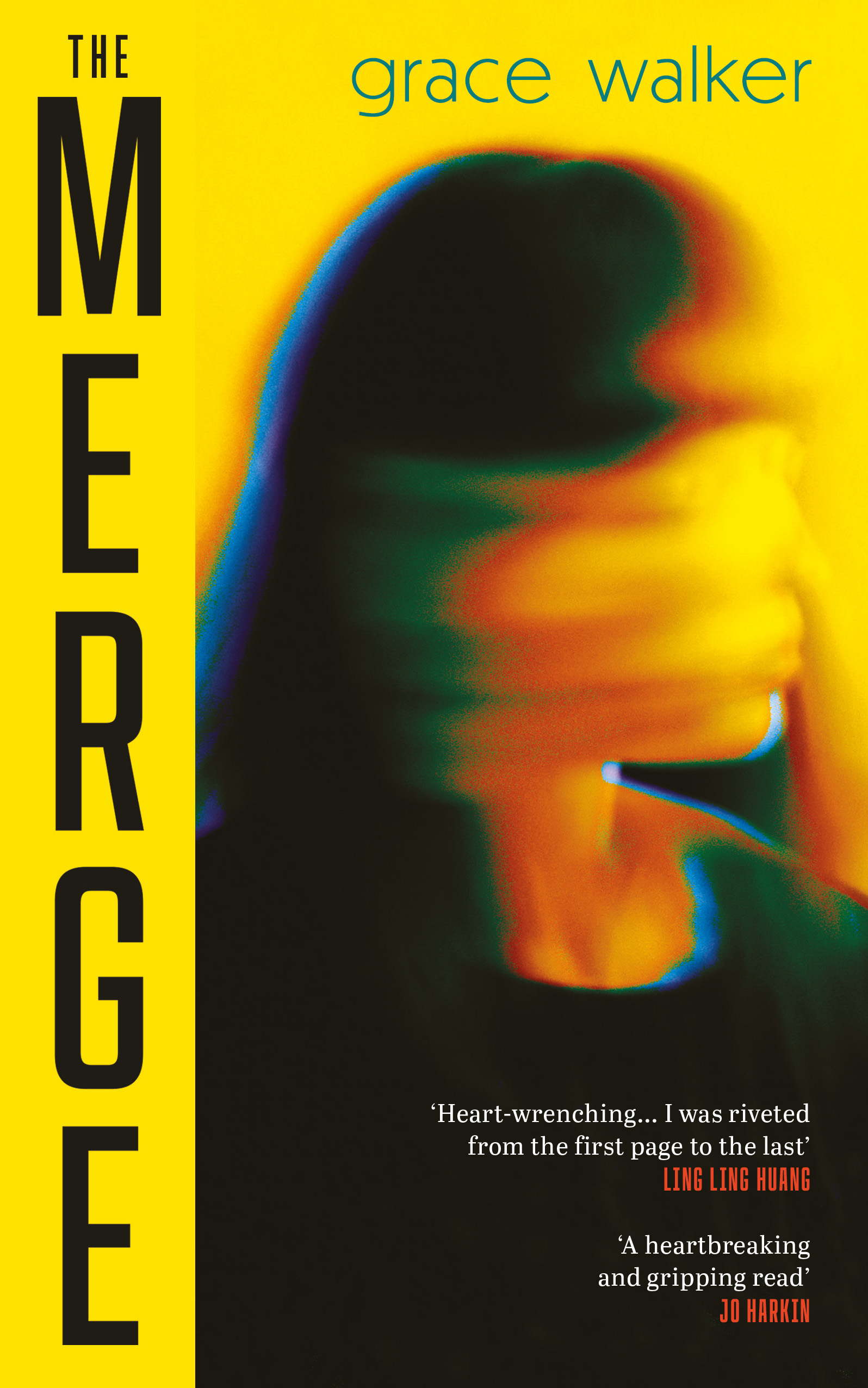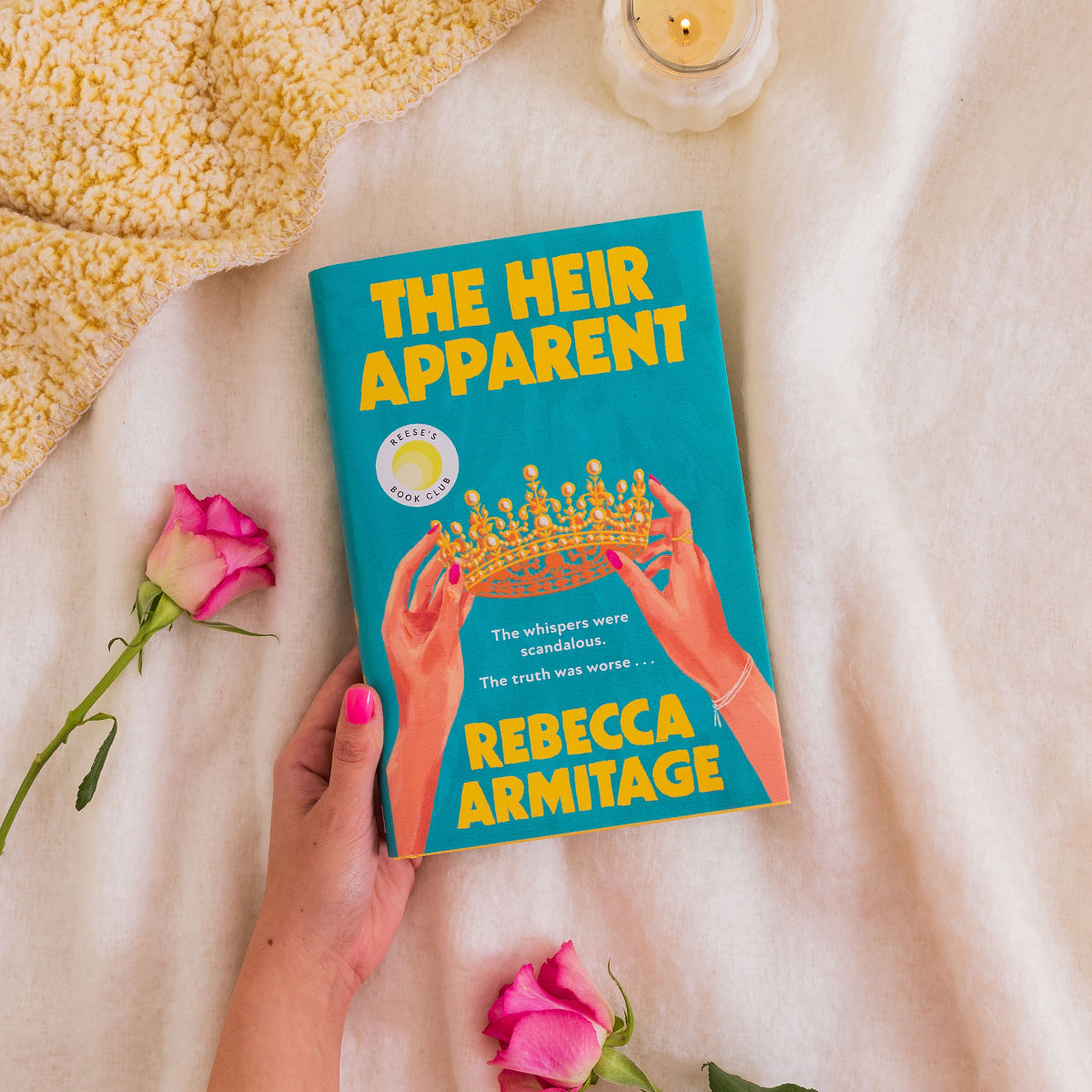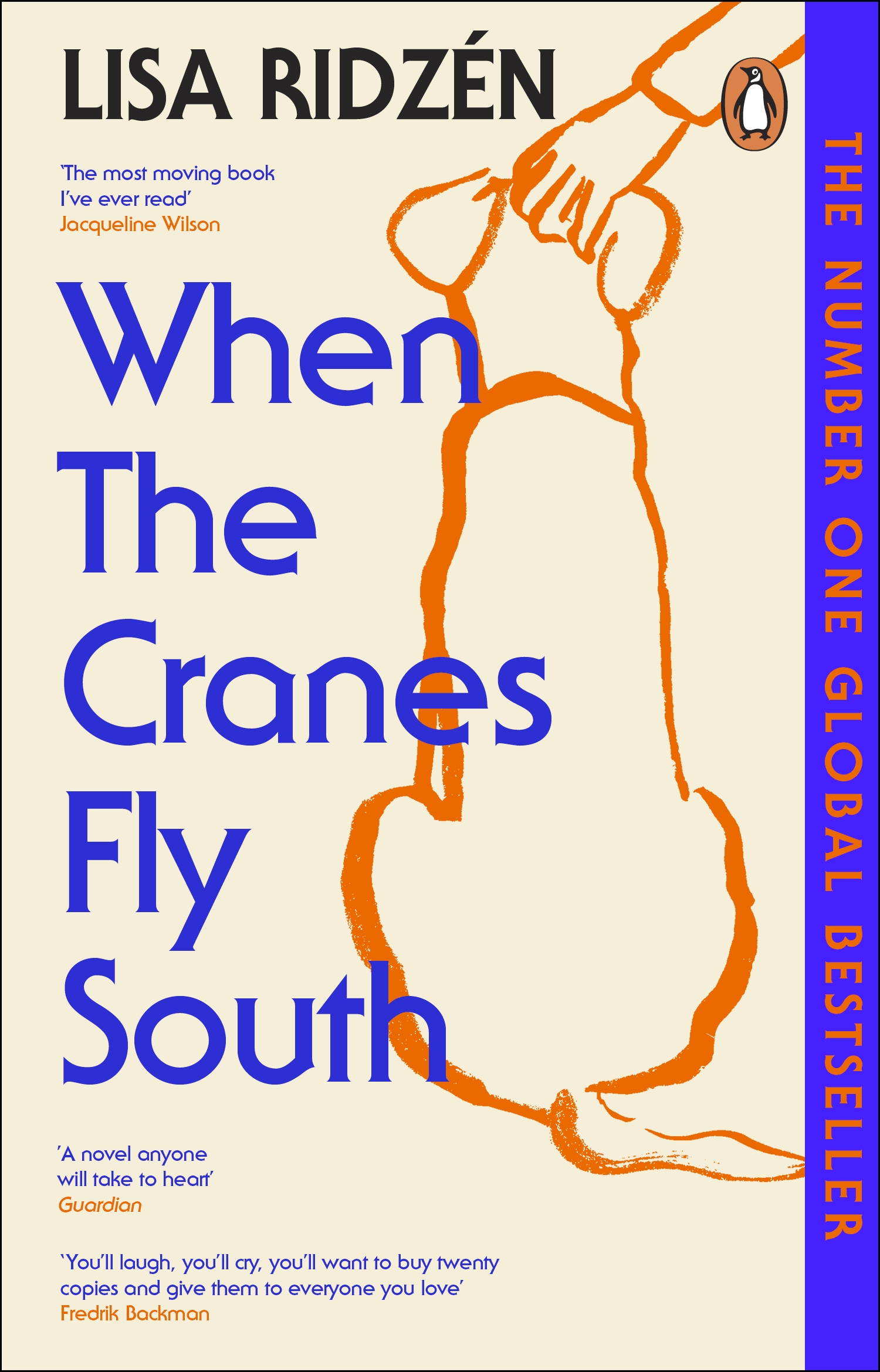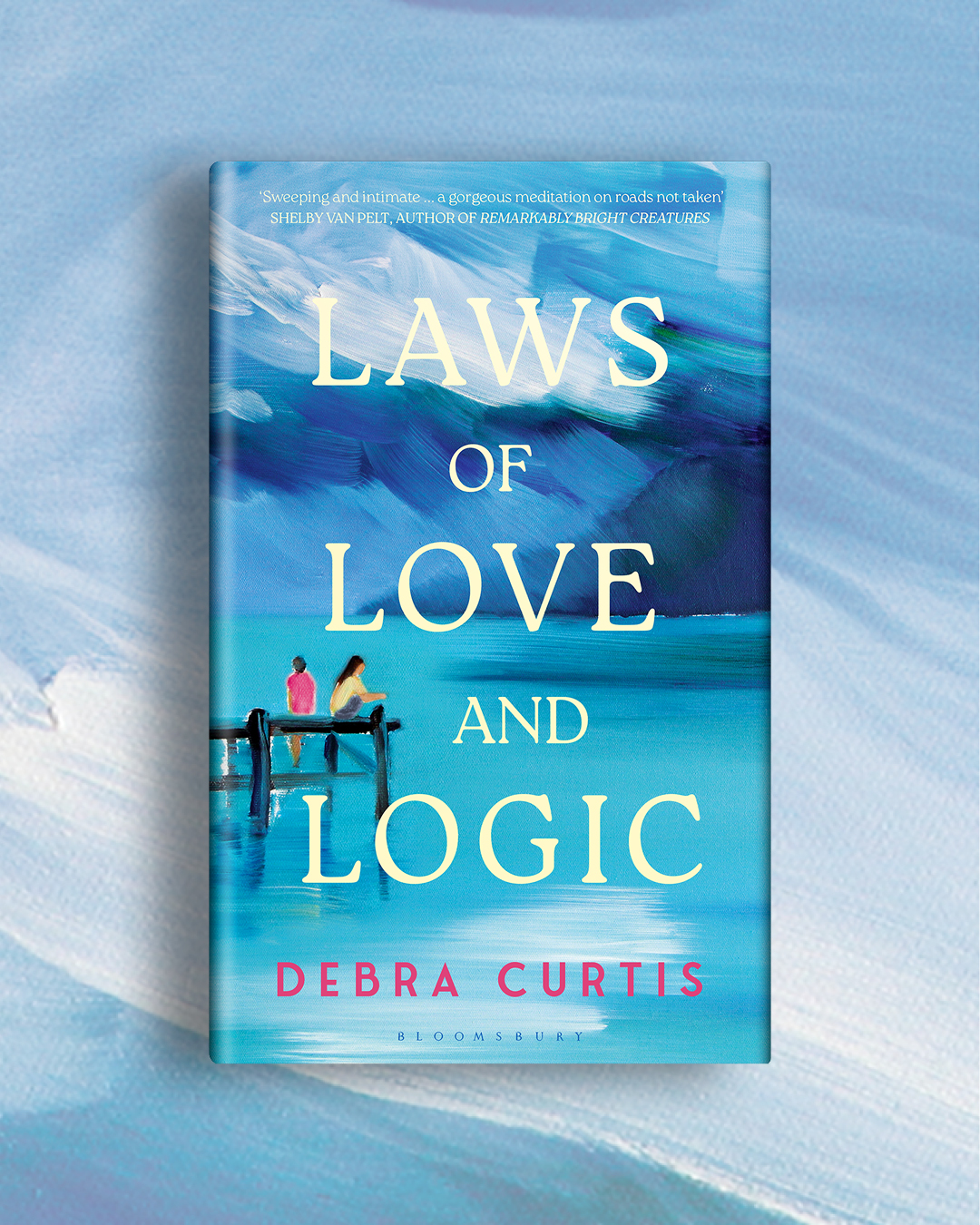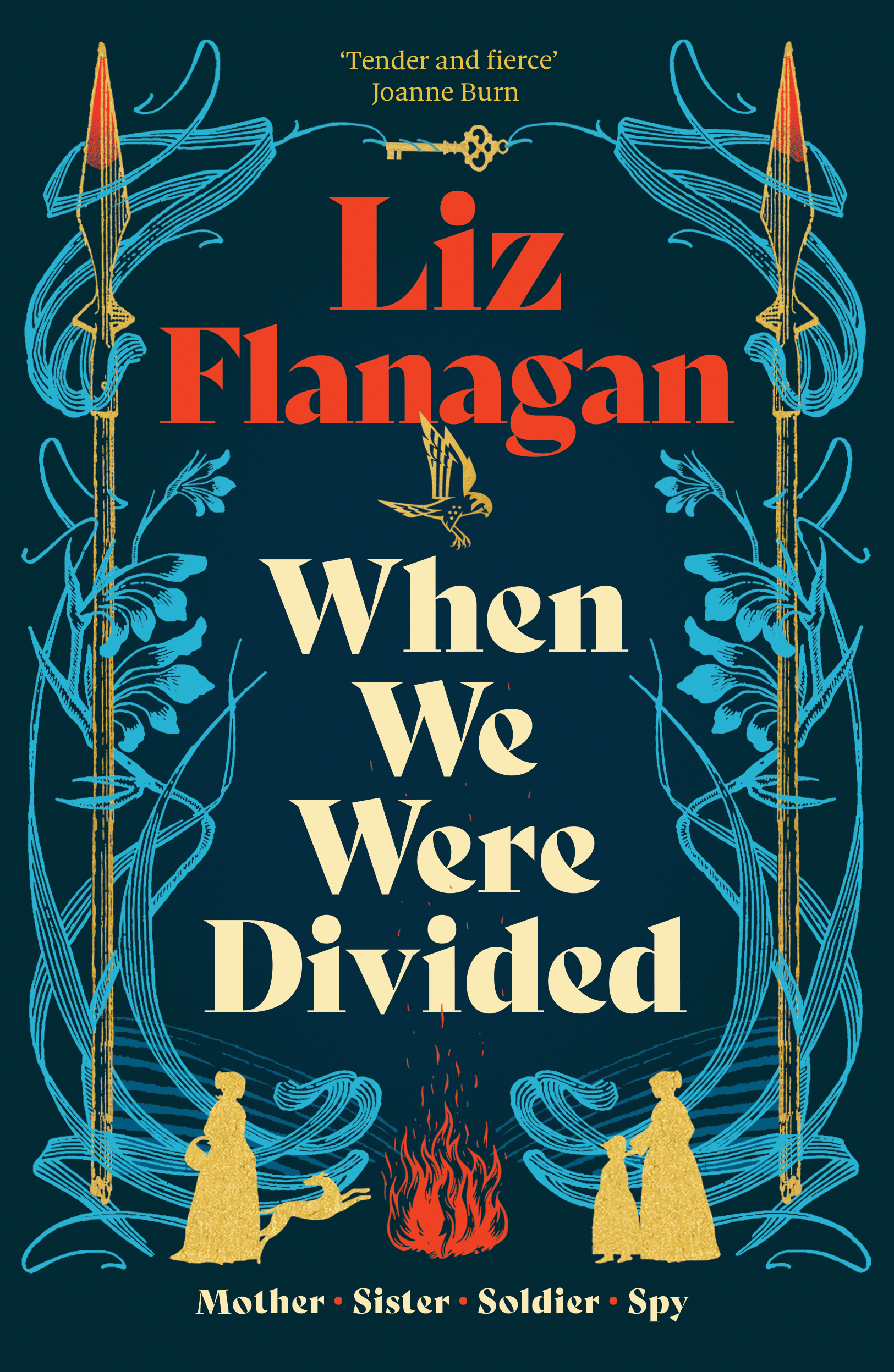Meet Me at the Museum: Shortlisted for the Costa First Novel Award 2018

As seen:
By Anne Youngson
avg rating
2 reviews
SHORTLISTED FOR THE COSTA FIRST NOVEL AWARD
‘A moving tribute to friendship and love, to the courage of the ordinary, and to starting again’ RACHEL JOYCE
Sometimes it takes a stranger to really know who you are
When Tina Hopgood writes a letter of regret to a man she has never met, she doesn’t expect a reply.
When Anders Larsen, a lonely museum curator, answers it, nor does he.
They’re both searching for something, they just don’t know it yet.
Anders has lost his wife, along with his hopes and dreams for the future. Tina is trapped in a marriage she doesn’t remember choosing.
Slowly their correspondence blossoms as they bare their souls to each other with stories of joy, anguish and discovery. But then Tina’s letters suddenly cease, and Anders is thrown into despair.
Can their unexpected friendship survive?
A deep and luminous story of late love and second chances – an enduring novel of ideas about life, love and the surprises it throws at us.
SHORTLISTED FOR THE MCKITTERICK PRIZE
WINNER OF THE PAUL TORDAY MEMORIAL PRIZE
Reviews
A beautifully written story, in the form of letters between them, about the lives, loves and losses of 2 people who have never met. The letters cover the minutae of the daily lives of the scribes, unremarkable in their ordinariness, and also major events that have profound effects yet are dealt with quietly and unremarkably in letter form. For me it was the very understatedness of the book, the quiet confidence with which the author writes, that gave it its strength. A warm, gentle, sensitively written story. Lovely.
'Meet Me at the Museum' was definitely one of the highlights of the year in our reading group - everyone loved it. We read a proof copy and it appears that the name of the museum curator may have changed in the final version of the book. We can see this being made into a film.
The epistolary structure of the book was very engaging making it easy to read and hard to put down. Each of the two letter-writers asked questions of the other which reflected questions I would have liked to have asked. I had to resist the temptation to rush through to find out what happened particularly where there was a gap whilst questions were left unanswered, as I really wanted to savour the book.
The letters seemed very revealing of each writer’s thoughts and emotions which made this a book to reflect upon and fully digest, rather than to rush through at top speed. Sometimes the language was at odds with the emotions being conveyed particularly in the case of Tina, the English writer, giving the impression that there were inner conflicts which perhaps Tina, had not fully admitted to herself, hence her comment, “Please be aware, I am writing to you to make sense of myself.” Her letters conveyed a resigned approach to life and she certainly seemed to be living according to a sense of duty rather than fulfilment and happiness. Anders, on the other hand, appeared to be a generally optimistic person, making the most of each situation and again, to me, this appeared to reflect the Danish way of life.
The letters made me feel fully engaged so it was easy to empathise with each recipient and I felt like a fly on the wall. It was interesting to see the way that the writers got closer to each other as the story progressed by observing, for example, the way that they signed off each letter and also through the salutations which started on a very formal basis. The dates on the letters were also put to clever use; gaps in the dates showed periods of intense emotion or activity and helped to emphasise the importance and intensity of the situation that each writer was in.
The Tollund Man as the central thread to the story was very well crafted. My curiosity has been piqued and I, too, would like to visit the Silkeborg Museum and to see a face from centuries earlier, frozen in time, wondering how he came to be killed and what life must have been like.
The contrasts between the characters when they were thinking about the Tollund Man were also revealing. Tina wondered if she might be related in some way and was looking for connections whereas Anders examined scientific facts. Both of the characters enjoyed the added dimension that the other could offer initially about the Tollund Man, then about life as their relationship developed.
The last letter gave me hope and I like to think that the two main characters will finally meet under the ‘gaze’ of the Tollund Man to progress the theme of 'unpicked fruit' i.e. unpicked raspberries that were missed first time but are found when returning back down a line of fruit.
